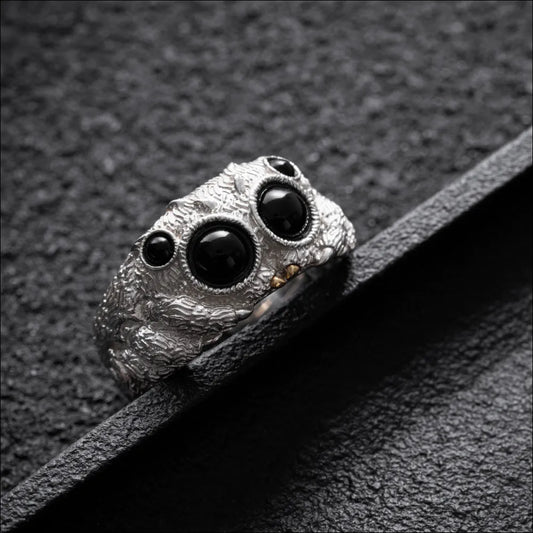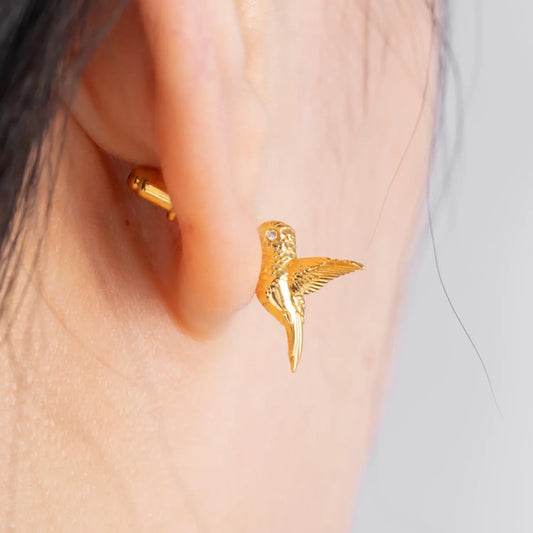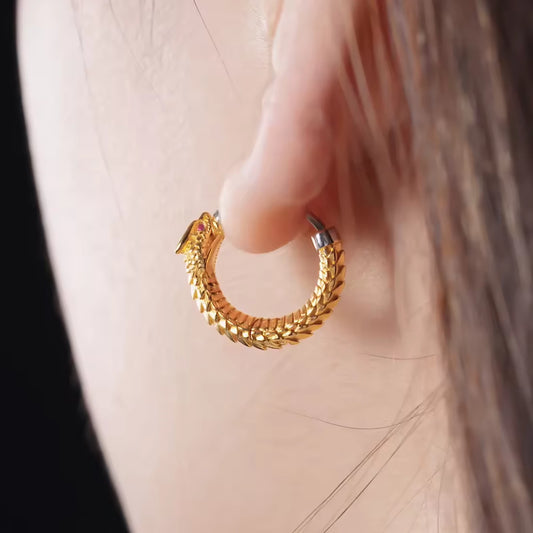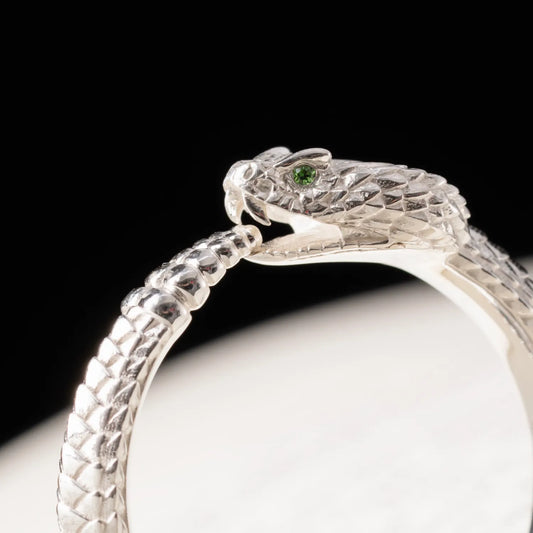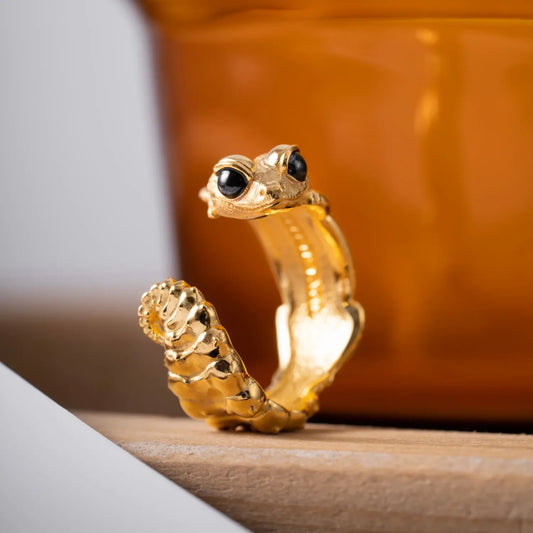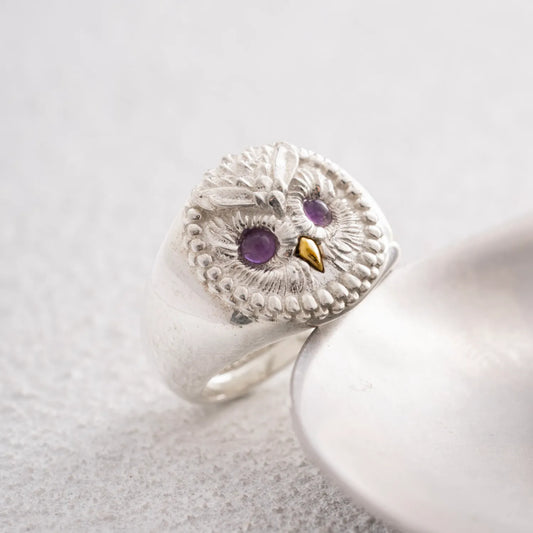COPPERTIST.WU is on a mission to protect wild life, and that includes spreading awareness about the beautiful animals that share this world with us! The focus today is falling on the Octopus. a fascinating and intelligent creature found in every ocean in the world.
The Octopus is our mysterious neighbor of the deep. Sharks and whales may be the big bad kings of the ocean but nothing can compare to the mystery and majesty of the octopus. Even just watching it move it otherworldly.

With eight sucker covered tentacles and a beak, it remains one of natures more interestingly made creatures. Read more to learn some facts you probably didn’t know about octopus.
They have three hearts
This seems like a lot of hearts, but they all have a slightly different role to play. One heart circulates blood around the body to provide needed energy to organs and muscles, the other two pump it past the gills to pick up oxygen.

They have 9 brains
We all know octopuses have eight legs, but did you know they had nine brains? Because of their complex multi-brain system, octopuses have the benefit of both localized and centralized control over their actions. This enables the octopus to complete tasks with their arms more quickly and effectively. Moreover while each arm is capable of acting independently (able to taste, touch, move without direction) the centralized brain is also able to exert top down control.
They have an average lifespan of only 1-2 years
This amount varies depending on species of course.
The common octopus – This octopus is a brownish green color and grows to be 1-3 feet long with arms. Its the most common species and tends to live 1-2 years.
Mimic Octopus – This octopus is light tan with dark brown stripes. It gets about 2 feet with arms. It can mimic other creatures by hiding six of its tentacles and moving the other two like sea snakes. Its lifespan is also 1-2 years.
Blue ringed octopus – This octopus is yellow with bright blue circles. It’s small at 8-10 inches with arms. They’re extremely venomous and that venom is 1000 times stronger than cyanide. Its lifespan is also 1-2 years.
Dumbo octopus – This octopus is a tan color. It’s a foot long with arms. It lives deep in the bottom of the ocean and has fins on the side of its head. Its lifespan is actually 3-5 years.
Giant Pacific octopus – This octopus is reddish-pink. It’s 14-26 ft long with arms. It’s the largest octopus and also one of the most long living, Its lifespan, like the dumbo, is an impressive 3-5 years
Nearly all species of octopuses are predatory carnivores
What an octopus eats depends on what species they are and where they live. Their prey often includes gastropods( like snails and sea slugs), bivalves (like clams and mussels) crustaceans( like lobsters and crabs) and fish.

Their mating is a dangerous game
Mating for males is a dangerous game due to the female's penchant for cannibalism. To avoid getting eaten, they'll often mate from a distance or after mounting the back of a female's mantle — positions that give them extra time to escape should their (usually larger) mate turn violent.
Unlike females, males have a modified third right arm called a hectocotylus, which has a sperm groove down it and a specialized tip. To mate, a male will insert his hectocotylus into the female's mantle cavity and deposit spermatophores (sperm packets). This process may take up to several hours, depending on the species.
Typically, males die within months after mating, while females watch over their eggs until they hatch and then die shortly after. In one deep-sea species, Graneledone boreopacifica, females may brood over their eggs for up to 4.5 years without ever leaving to eat 。
The amazing octopus is always a source of inspiration for me. Explore our octopus line on our shop and show support for these impressive and often overlooked geniuses of the deep.

